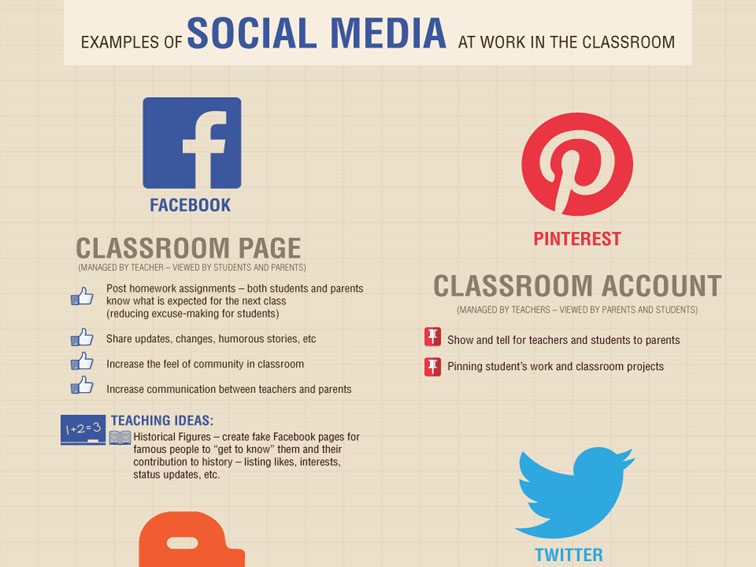12 Simple & Safe Examples Of Social Media In The Classroom
Using social media in the classroom can feel like a challenge, but with the right approach, it can be a powerful tool for engagement and learning. The key is to select activities that are not only academically sound but also prioritize student safety. The following examples are broken down by grade level and are designed to be used within controlled, teacher-supervised environments.
A Crucial Note On Student Privacy & Teacher Responsibility
Before implementing any of these ideas, it’s essential to recognize the complexities of using social media in an educational setting. Privacy, data security, and digital citizenship must be your top priorities. Always use closed, private, or class-specific accounts, and ensure you are in full compliance with your school and district’s technology and consent policies. It’s also critical to understand the boundaries of your role. As we’ve explored before, the responsibility of policing global platforms should not fall on individual teachers. Your focus should be on structured learning within safe, manageable environments.
Elementary School Examples
-
Class “Book Blurbs” on a Microblog
After reading a book, students draft short, 140-character reviews. The teacher then posts the best examples from a single, class-controlled account on a microblogging platform like Threads or a private class blog. This teaches conciseness and summary skills.
-
Photo Journals on a Class Account
Using a private, teacher-managed Instagram or Seesaw account, document the lifecycle of a class plant or the stages of a science experiment. Students can help write the daily captions, turning observation into a narrative.
-
“Ask an Author” Video Questions
Many authors are active on social media. As a class, brainstorm and record a short video question to send to an author of a book you’ve read. It’s a powerful way to show students that reading connects them to real people.
-
Digital Word Wall on Pinterest
Create a private class Pinterest board that serves as a visual “word wall.” For each new vocabulary word, pin an image that represents it. Students can help find images, creating a collaborative, visual dictionary.
Middle School Examples
-
Historical Figure “Takeover”
Assign a student to “take over” the private class Instagram or Threads account for a day, posting as a historical figure they’ve researched. They must post updates, thoughts, and images appropriate to that person’s time and perspective, demonstrating deep understanding.
-
Debate on a Digital Bulletin Board
Use a platform like Padlet for a “silent debate.” Post a compelling question, and have students respond with short arguments and supporting evidence from their research. This encourages thoughtful responses over immediate reactions.
-
“Day in the Life” Geo-Story
Using Google Earth or a similar tool, have students create a narrated story of a “day in the life” of a person in a country or culture they are studying. They can add placemarks with text and images to create a socially shareable, geographic narrative.
-
Peer Review with Flip
Have students record short presentations or readings of their work on Flip (formerly Flipgrid). Peers are then assigned to leave video comments with specific, constructive feedback, practicing both presentation and critical friendship skills.
High School Examples
-
Investigative Journalism via “Stories”
A journalism or civics class can run a series of investigative “Stories” on a school-related topic using Instagram. Each slide in the story can present a different fact, quote, or data point, teaching journalistic storytelling for a mobile audience.
-
LinkedIn-Style Career Profiles
Have students create a professional profile on LinkedIn. They can follow companies in fields that interest them, research the career paths of professionals, and write articles on topics related to their academic interests, building a professional digital footprint before they graduate.
-
Crowdsourced Analysis of a News Event
When a major news event occurs, create a shared document or private forum. Have students post links to articles from different sources and comment on the potential for bias in each. This uses a social format to teach high-level media literacy. As one study notes, “participatory learning practices, such as those common on social media, can enhance critical thinking skills when properly scaffolded by an instructor” (Greenhow & Lewin, 2016).
-
Thematic Photo Essays
In an English or art class, have students create a photo essay on a theme (e.g., “community,” “isolation”) using a platform like Adobe Express or even a private Instagram account. Their captions should serve as the analytic text, connecting their images to concepts from the course.
